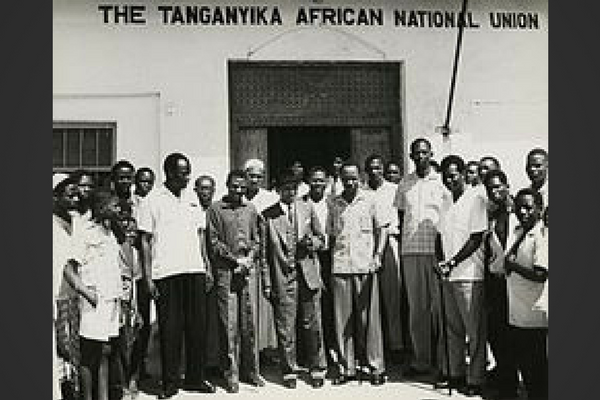
Tanganyika in the 1930s: The Economy & African Resistance
During the 1930s, Tanganyika also felt the effects of the Great Depression. The prices of the main export crops, sisal and coffee dropped between 1930 and 1931 even as farmers were producing more. Sisal dropped from £32 a ton in 1919 down to £21 in 1930 and even to as low as £12 a ton in 1931. As a result, the government revenue fell dramatically by almost £200,000. The government lowered wages for employees and even laid off many African workers as well. In a bid to raise more revenue, the government promoted increases in agricultural production.
In 1933, the economy of Tanganyika began improving with increases in prices. Tea and sugar were introduced, and cotton and sisal production increased as well. Tanganyika’s economy continued to be export oriented and even more with the introduction of gold mining in the late 1930s. During this time, education and agriculture were the main ways Africans could use to improve their circumstances although both were not easily accessible to all Africans. Chiefs and local leaders were the ones who had access to both education and land for commercial agriculture and therefore were the first beneficiaries of the colonial system.
In the Haya region for example, the chiefs has early access to Western education and coffee growing which made them a privileged class. The educated Haya, consequently formed their first union, Bukoba BuHaya Union which advocated for equal access to education and the profits from coffee growing and opposed the land tenure system which benefitted mostly chiefs. Union leaders like Klemens Kiiza were jailed after protests they organized turned into riots.
Martin Kayamba, an educated civil servant who has worked in Kenya and Uganda founded the Tanganyika Territory African Civil Servants Association (TTACSA). Its members were mostly educated Africans from diverse tribes and regions. The association’s focus was on unity. In 1929, some of the members of TTACSA, formed the Tanganyika African Association and established nine branches by 1939. Although education and improvements in agriculture improved the lives of some Africans they quickly realized that they encountered a lot of resistance from the colonial government once they wanted more.



1 Comment
by Mira G
Their land was taken, land is still central to African identity. Land is wealth.
Comments are closed.